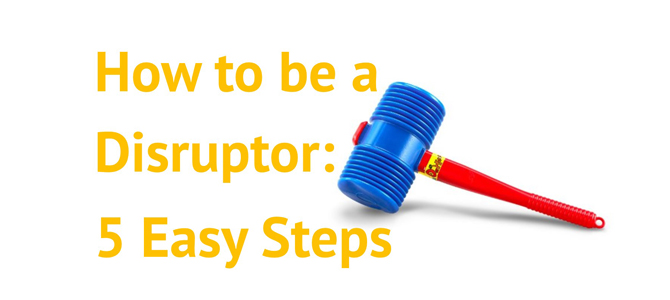5 Tips to Make your Training Stick!
https://motivo.asia/wp-content/uploads/2021/06/5-tips.png 670 300 Russell Potter Russell Potter https://secure.gravatar.com/avatar/ed2cca46b191c3f4a1ee02d9ea4df3e7?s=96&d=mm&r=gAll good trainers want just one thing, they want their training to stick. Maybe the biggest frustration and challenge is that what’s learned in the classroom is often left in the classroom.
Time and money are invested in training courses which have a sound theory and seem sure to add benefit to the organization. The leadership approves it, the trainer delivers it and the attendees acknowledge the value. Perplexing then that such learning activities so often fail to make an impact once the trainees leave the room where workplace norms prevail.
In reality, people just find it too difficult to break with their usual practices and to implement what they have learned even if they see the value. Here are 5 top tips for making past the morning after:
#1. Be There. On the morning after the training, the trainer should be present on site to offer coaching in a workplace setting. During the training you planned the trip, now it’s time to make sure the family are in the car and the journey is started.
In addition to reinforcing the expectation of change, the repetition of a quick morning refresher will improve the chances of long-term memory storage.
#2. Top Down. The bottom line with a lot of training is that if the management doesn’t fully support the change, it won’t be effective. This can be for a number of reasons but chief amongst them can be politics. Managers often believe, however, that teaching new skills will solve all problems without having to change themselves.
An excellent way to achieve commitment is simply to include the senior management in the training. For senior executives, this means the CEO. Their positive presence is crucial to reinforce the messages.
A word of caution here though that business Owners and CEO’s can occasionally become defensive when the training topic contradicts their own leadership styles or idiosyncrasies. Such occasions can take the momentum out of the positive change attitude created in the training. Senior managers should be fully aware of the messages before the training and their own styles are best dealt with in a coaching setting.
#3. Bottom Up. It should never be forgotten that training that should be the outcome of a thorough management consulting analysis of the most pressing business issues if expertise is noted as the issue. There is nice to do training and there is business critical training. If training does not address their most pressing issues, interventions are unlikely to succeed. In my experience it’s easy to see from the body language of attendees who’s number 1 issue is expertise and who’s is capacity. One looks happy to be there, the other never entered the room (mentally that is).
Using KPIs or customer feedback helps to build the case for the training event, the need for change and winning over the detractors. Using a KPI dashboard was instrumental in my training session this week with executives at a hotel in Indonesia. Once they saw the reality, I had their attention.
#4. Keep it short. In reality, most people will remember only one point from each training session. Keeping sessions shorter and spreading the learning over multiple sessions is a great way to get multiple messages across.
In their excellent book “Willpower,” Roy Baumeister and John Tierney propose that willpower is a limited resource that reduces throughout the day. In short, he suggests that only one change and one new habit can be formed at a time.
I split my leadership training into 5 X 2-hour sessions. I find that this way I can teach a single topic and have the participants leave without overloading with multiple concepts. Each participant also gets homework which maximizes the chances of creating an impact.
#5. Poster campaign. As all trainers are aware, mixing the mediums in the classroom is very effective at getting the messages across. However, reinforcing training messages outside of the classroom is one of my favorite techniques. It reminds participants not only of the training messages and changes required but it also primes the organization to expect the change.
I recently placed posters in key areas to promote great leadership values. Although the training was for executives, it was important to make the training topic part of the culture of the company
More than anyone, the trainer wants the training to have a positive impact on the organization. Following these 5 steps will put you well on the way to maximizing training effectiveness.
Motivo provides talent and organization consulting to businesses in Asia. www.motivo.asia.



